Blessed thistle or holy thistle (Cnicus benedictus) is an annual or biennial plant from the Asteraceae family. The herb's roots are vertical and branching. The stem of blessed thistle is highly branching, sometimes leaning, reaching 15 3/4″ (40 cm) high. The leaves of the plant are lance-like and elongated, serrated, thorny.
The calyx is large, surrounded by the topmost leaves of the stem. The inner petals end with feathery spines. The outer petals are large, herbaceous and spiny. Blessed thistle has yellow flowers. The fruits are cylindrical.
Blessed thistle is native to West Asia, North Africa and the eastern part of the Mediterranean but is also common elsewhere.
History of Blessed Thistle
Blessed thistle has a centuries' long history of cultivation for medical purposes. Proof of its popularity can even be found in Shakespeare's play Much Ado About Nothing, where he praises the herb.
The history of blessed thistle in herbal medicine is a dramatic and glorious one. Accounts of it date back to Antiquity. The Ancient Greeks, and even the Romans, used the plant for magic and curses, just as they did with nettle and thorns.
It turns out that blessed thistle was one of the best known and widely used herbs in the Middle Ages as well. In the old legends, it was said that the herb protects against irritation, anxiety, evil spirits and witches. At the same time, the herb was unjustifiably announced to be a plant of evil since it grew at graveyards.
Martin Luther, leader of the Protestant Reformation and supporter of herbal medicine, denied this claim about the herb, insisting that remedies made from blessed thistle had a pain relieving and anti-inflammatory effect. Blessed thistle was traditionally used in countries such as England, Russia, China and throughout Africa.
Composition of Blessed Thistle
Stalks of the herb contain the sesquiterpene lactone cnicin, significant amounts of mucilaginous substances, tannins, resins, traces of nicotinamide, malic acid, traces of essential oil, mineral salts. The plant also contains an enzyme that curdles milk.
Growing Blessed Thistle
Blessed thistle is not a pretentious plant and can thrive nearly everywhere, although it most prefers deep and not overly moist soils, along sunny areas out of the wind.
The plant is propagated by seeds, which are planted in early spring in plating beds or right in the garden, with 11 3/4″ (30 cm) between the rows. The soil must be kept free of weeds so that the plant can develop normally.
Collecting and Storing Blessed Thistle
Blessed thistle blooms from July to August. The herb is collected from June to July; the stalks and basal leaves are used. Collect these parts of the herb during first bloom. Don't pick leaves that haven't fully leafed yet.
Clean the material from any debris that might have fallen in while picking and dry it in ventilated areas or dryers at a temperature of 120°F (50 °C). 9 lb (4 kg) of fresh stalks yield 2 lb (1 kg) of dried ones. The dried stalks of blessed thistle need to have retained their natural appearance. Fresh blessed thistle has an unpleasant smell which disappears after drying. The plant has a highly bitter taste.
Benefits of Blessed Thistle
Blessed thistle helps stomach function, improves gallbladder secretion, improves digestion. It's also been attributed to ease uric acid removal. Experimentally, it's been found that blessed thistle improves blood circulation in certain areas, stimulates heart function, settles the central nervous system. The herb helps against hysteria, gout, faintness and edema.
It is applied to stimulate the appetite of children who are picky eaters, for indigestion, weakness while recovering from a severe illness, anemia and certain kidney diseases. It induces sweating and lowers body temperature during fever. It's also used to relieve cough, asthma, neuralgic pains, rheumatism, certain skin diseases (slow healing wounds and more).
The fruits of blessed thistle are used to treat constipation. The juice of the plant, when fresh, is used to treat insect bites. The roots are used for wounds, swelling and more.
Folk medicine also uses blessed thistle for liver inflammation, malaria, pain and ulcers in the stomach and intestines, jaundice, sand in the kidneys and bladder, difficulties urinating, hysterical fainting and weak nerves, anemia, atherosclerosis.
Topically, the plant is used to treat skin inflammation, boils, hemorrhoids and even cancer. Experimentally, it's been proven that blessed thistle improves circulation in certain areas, stimulates heart function, soothes the central nervous system.
Blessed thistle is widely popular in German medicine. It's used for menstrual disorders, as well as an anti-inflammatory and antibacterial substance. Even so, the herb has not been studied well enough and its properties not fully determined.
Folk Medicine with Blessed Thistle
Blessed thistle is used in folk medicine to stimulate appetite and improve digestion, as a relief substance for cough, liver and gallbladder issues and others. Make an infusion using 2 tsp (10 g) of the herb and 1 2/3 cups (400 ml) boiling water. Filter it and take 1 tbsp 3 times a day.
Another infusion of 2 tsp (10 g) of the herb and 2/5 cup (100 ml) boiling water is effective as well, drink it in 3 portions over the course of a day.
A different recipe calls for pouring 1 2/3 cups (400 ml) boiling water over 1 tbsp of the herb and leaving it to soak for 1 hour. Drink the 1 wine glass of the resulting remedy 4 times a day before meals.
In some cultures, blessed thistle is used to treat cancer also. Mash the fresh plant into a sludge and mix it with the same amount of fresh wormwood and 1 tsp ammonium chloride. Apply the mixture to the cancer-affected area.
Stalks soaked for 10 days in white wine (in a 1:50 ratio) are used for scrofula. Juice of the fresh herb is used for insect bites.
Folk healers treat worms with a mixture of white wormwood and juice of blessed thistle. The fruits of blessed thistle are used in folk medicine as a purgative agent.
Dangers of Blessed Thistle
As with any herb, you should consult with a doctor before using blessed thistle. Blessed thistle must not be confused with cotton thistle or other types of thistle. Blessed thistle is bitter tasting and if consumed in large quantities can cause vomiting and diarrhea.
Just 1 1/3 tsp (6.5 g) can lead to poisoning and vomiting. The herb can have serious side effects for people taking blood thinning medications. Blessed thistle is traditionally used to stimulate menstruation and induce abortion, so it shouldn't be taken by pregnant women.
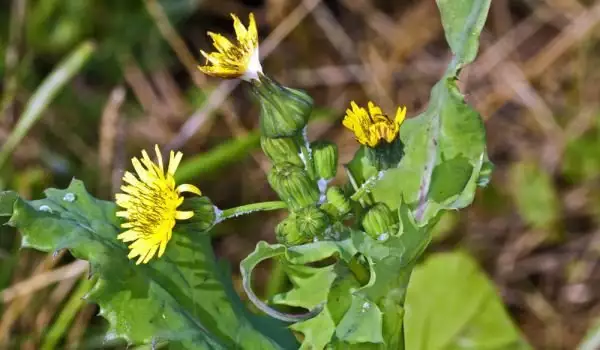
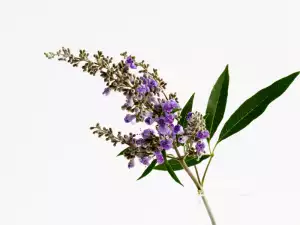
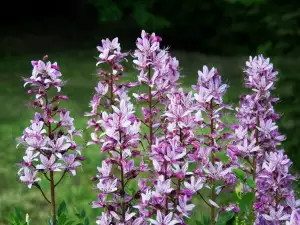
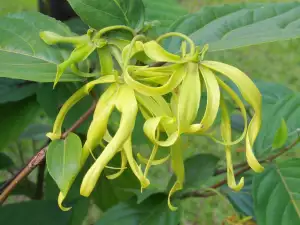
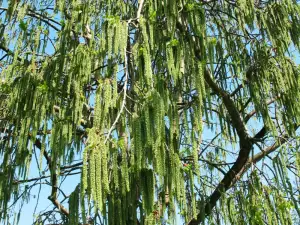
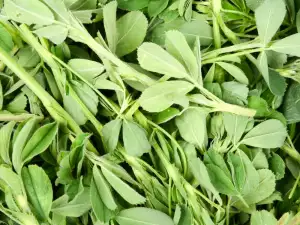
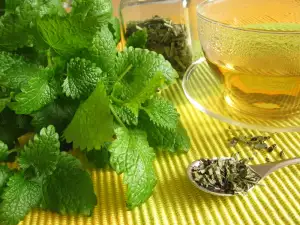
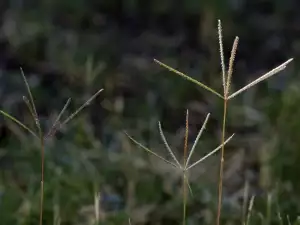

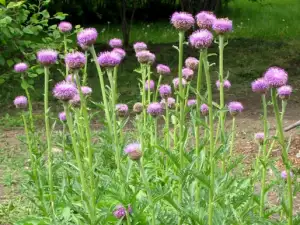
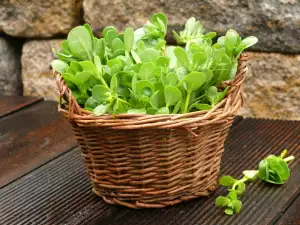
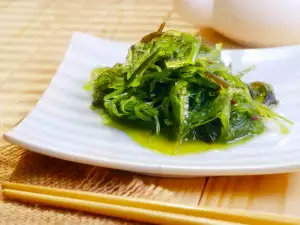

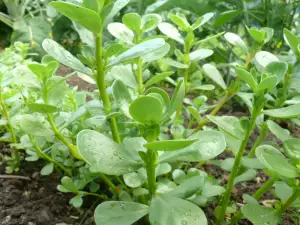


Comments